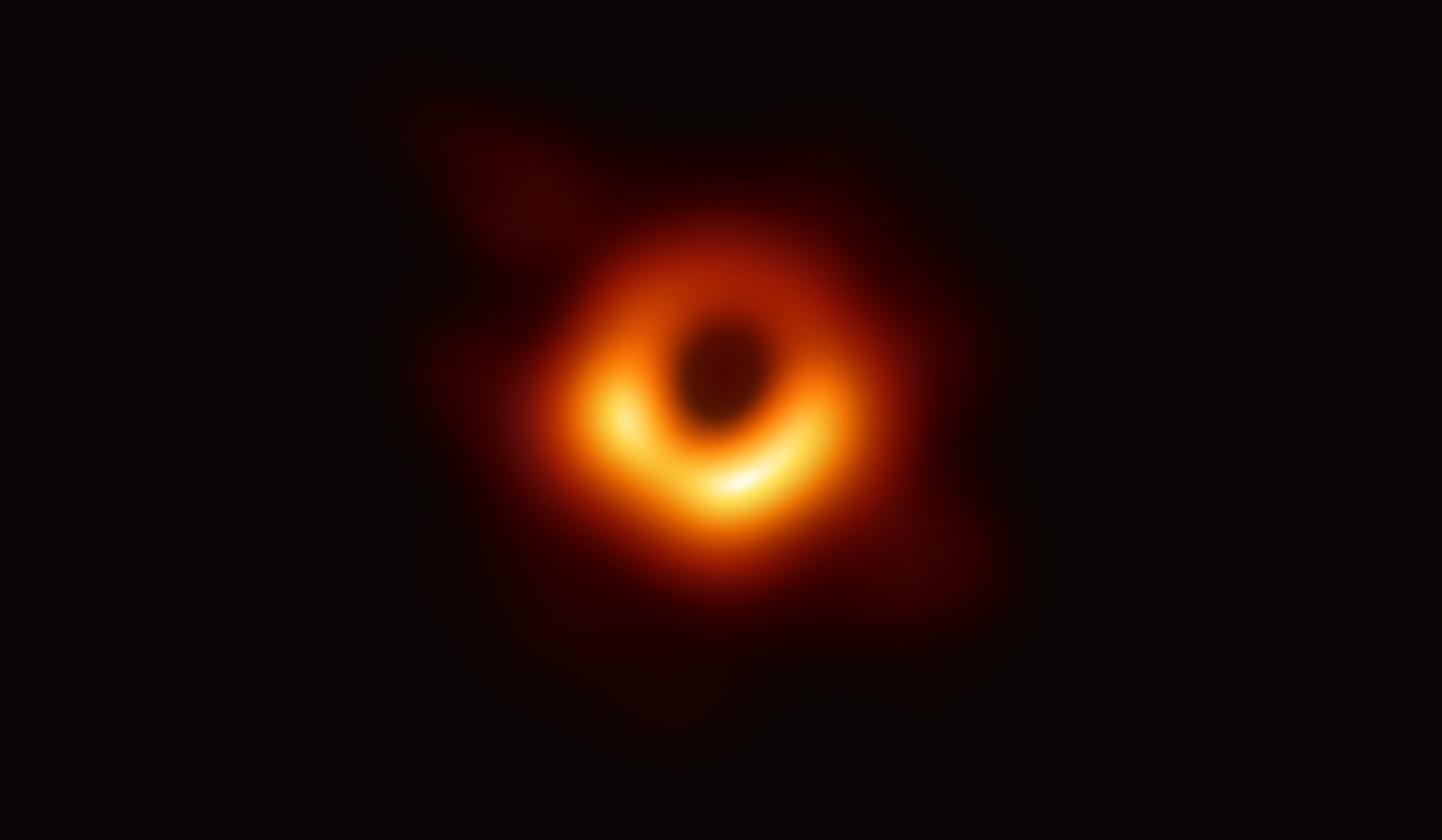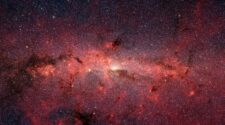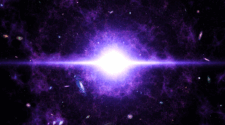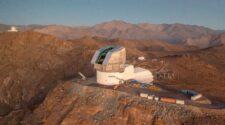
Until now, everything we’ve known about black holes — celestial objects with intense gravitation — has been from theories and illustrations.
Now, thanks to an international collaboration called the Event Horizon Telescope (EHT), a cosmic portrait of a supermassive black hole exists.
At the center of the galaxy Messier 87 (M87) in the Virgo constellation, the black hole appears as a round, dark shadow surrounded by a blinding light, known as the event horizon, or the point of no return where matter is sucked into the black hole by its incredible gravitational pull. Nothing, not even light, can escape the abyss.

The research team
The EHT team is led by Sheperd Doeleman, EHT project creator and director at the Harvard-Smithsonian Center for Astrophysics. Producing this first-ever glimpse of a supermassive black hole “is an extraordinary scientific feat accomplished by a team of more than 200 researchers,” he said.
Among those researchers is a Massachusetts Institute of Technology (MIT) graduate student, Katie Bouman. She was part of a team that developed algorithms to piece together data and verify the final image’s accuracy.
Funding for this breakthrough included $28 million from the National Science Foundation over the two decades since the inception of EHT.
NASA also played a critical role in making visible what was previously thought unseeable. Several of NASA’s spacecraft contributed research and years of observational groundwork.
International partner institutions spanned the globe from the Netherlands to Japan to Chile.
The telescopes
The EHT is made up of eight telescopes on six mountains and four continents. Together they create a virtual array the size of Earth itself. No one telescope could photograph a black hole 6.5 billion times the weight of our sun and 55 million light years from Earth.
The imaging capabilities of the EHT array produce a resolution fine enough to read a newspaper in New York from a sidewalk cafe in Paris.
The telescopes are located in some of the wildest places on Earth, including volcanoes in Hawaii and Mexico, mountains in Arizona and the Spanish Sierra Nevada, the Chilean Atacama Desert and Antarctica.
“As with all great discoveries,” Doeleman told NPR, “this is just the beginning.”



